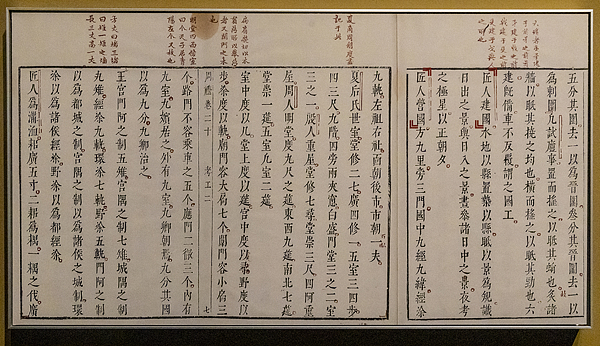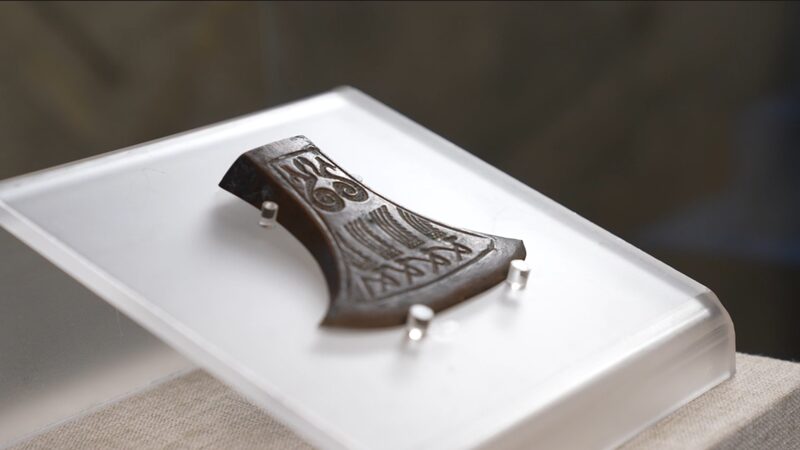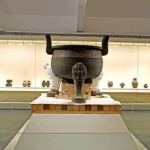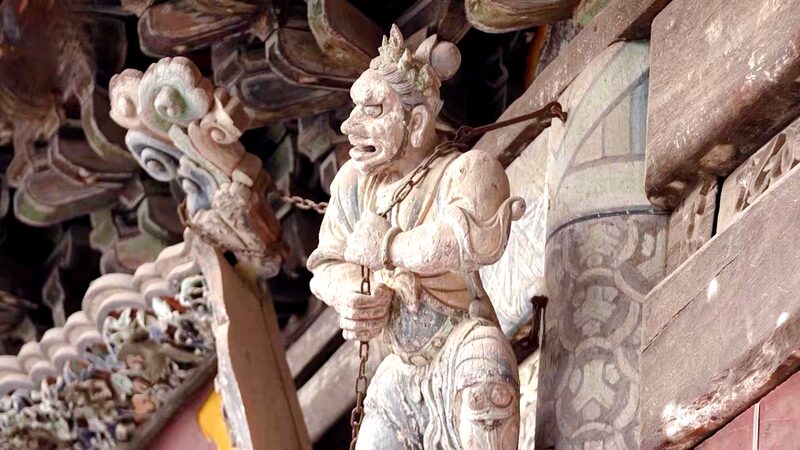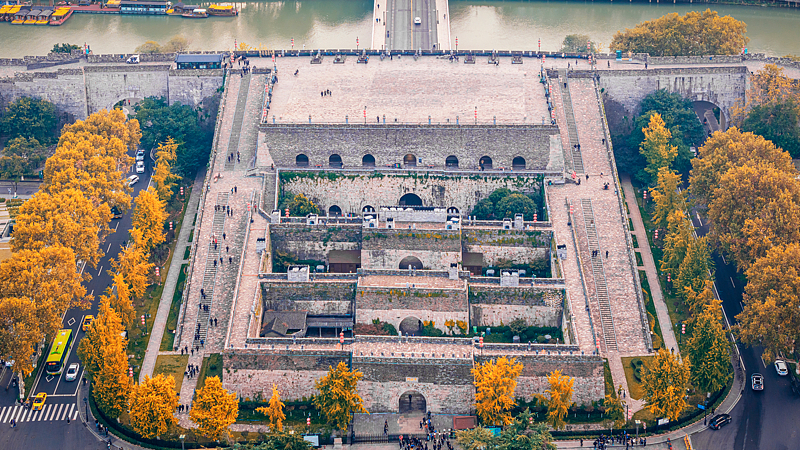Buried within China's rich literary heritage lies a 2,300-year-old engineering marvel – the Kao Gong Ji, an ancient manual that may contain humanity's earliest surviving urban planning principles. This Warring States Period text outlines precise city layouts with mathematical rigor, specifying square grids, gate placements, and street dimensions that would influence East Asian urban design for millennia.
The manual's surviving 7,000 characters reveal more than architectural wisdom. Detailed metallurgical formulas show bronze-age artisans calculating copper-tin ratios for different applications – 5:1 for axe blades versus 4:1 for swords – ratios later confirmed by modern archaeologists. Its instructions for crafting everything from ceremonial bells to horse-drawn carriages offer a window into early standardized production.
Rediscovered during China's Han Dynasty after centuries of obscurity, the text gained canonical status when appended to the Zhou Li classics. Tang Dynasty scholars later immortalized it in stone tablets, while Song Dynasty printers preserved the earliest woodblock editions. Today, this blend of practical engineering and philosophical insight continues to inform studies of ancient Chinese technology and governance.
Reference(s):
The world's oldest urban blueprint? A look inside Kao Gong Ji
cgtn.com
